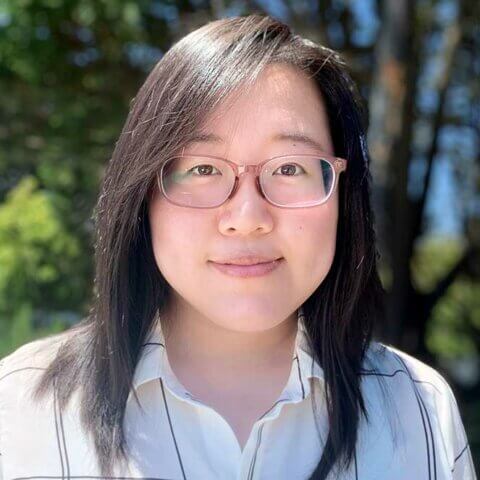This week’s maker is Dan Kabella, PhD, postdoctoral scholar at the UCSF Center for Tobacco Control Research and Education (CTCRE). Let’s take a look at their project:

Q: What did you make?
I referenced the Actiq fentanyl lollipop handle design from a formerly internal pharmaceutical document. I created a model with candy (not including the opioid painkiller fentanyl citrate) to be used as a teaching tool. The model was designed to encourage people to consider how certain products from drug companies played a role in the opioid crisis.

Q: Why did you want to make it?
The opioid crisis has taken the lives of tens of thousands of people. Yet, the ways drug companies caused harm (e.g., misleading marketing, targeting vulnerable communities, shaping policies around technology, science, and health) are often difficult to see. The UCSF–JHU Opioid Industry Documents Archive holds a vast collection of records showing corporate practices. However, the documents are usually written using complex technical language and are difficult for most people to interpret.
There are more than 25 million documents, including company memos, ads, clinical trial data, and government reports, stored in the UCSF Industry Documents Library (IDL), and the average person does not have the training or context to understand them fully. I wanted to take one of the technical drawings from the opioid papers and turn it into a hands-on learning tool that helps people see and think about how companies played a role in the crisis. I especially wanted to highlight the sensory experience, in this case, touch and taste, that drug companies were facilitating through a product like a fentanyl lollipop, and the fact that it was once sold to the public.
Q: What was your process?
I started by looking at company documents from the Opioid Industry Documents Archive and patent records for Actiq. With help from Jenny Tai, an engineer at the Makers Lab, we used 3D modeling software to build the shape and feel of the handle based on technical drawings. We used food-grade silicone materials to make the fake fentanyl lollipops that people could interact with.
We documented every step of the project, and that information will be openly available in the form of a free toolkit that I am working on, so others can copy, change, or add to the project. The goal isn’t to make a working version of Actiq, but to create something people can touch and examine to think critically about medical practices, safety, invention, and acts of corporate harm.

Q: What was the hardest part of the process?
The hardest part was turning a carefully designed medical object into something safe the public could see and learn from. I had to read and understand complex legal and technical documents, find embedded assumptions, and think about redesigning the handle so people could engage with the model without feeling harmed by what the object represented.
Since the opioid crisis is ongoing, the project carried emotional weight. Each iteration reminded me that real lives are affected, which made the work even more serious and complex. While maintaining a critical rigor, I had to find a balance between staying true to the original materials, making the project accessible, and respecting the people hurt by the crisis. My feelings of grief and loss motivated me to treat this as a collaborative healing project that invites people to reflect, care, and recognize pain together. The biggest challenge in creating this project was showing the harm clearly while also holding space for hope, healing, and collective care.

Q: What was your favorite part of the process?
We included the Actiq model in an art-based research show, which won the 2025 Making and Doing Award from the Society for the Social Studies of Science in Seattle. It was exciting to see people interact with the toolkit by holding the lollipop handle, asking questions, or thinking about how companies can cause harm. These moments led to important conversations about care, safety, and how medicine affects people in different places and cultures. The project showed that design can motivate people to ask big questions, challenge assumptions, imagine new possibilities, and think about their role in shaping health and society.

Q: How did this experience help make you a better postdoc?
This project helped me improve at turning complicated research into something people can understand and use. Mixing design, storytelling, and inquiry taught me how to share complex ideas that encouraged others to think critically. Replicating the Actiq handle helped connect many parts of my training: making technical and regulatory documents and science easier to follow; helping people learn by doing; showing that harm is real; moving authority away from big companies; combining different disciplines; showing how business practices indicate unfair systems; and providing space to imagine alternate futures.


